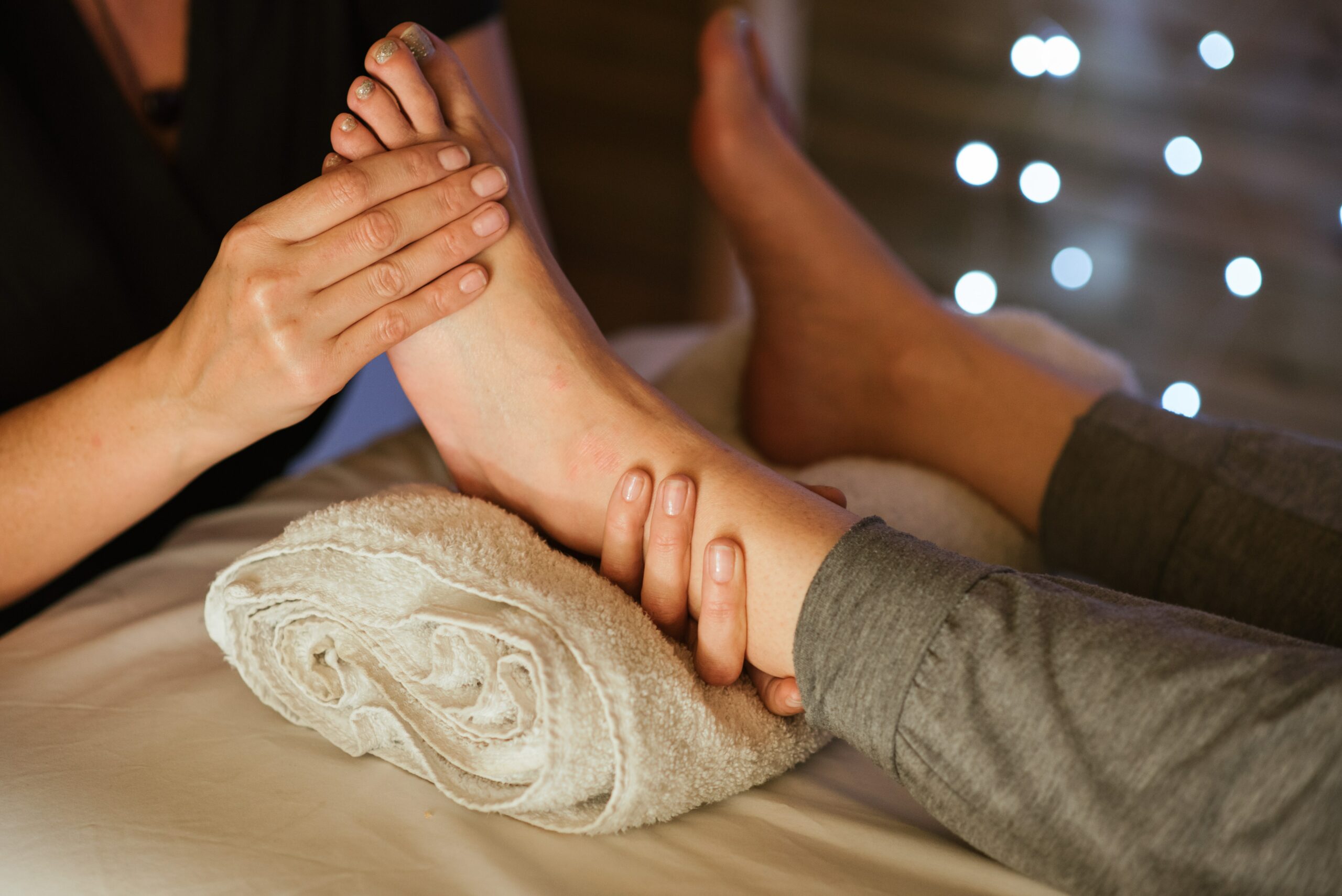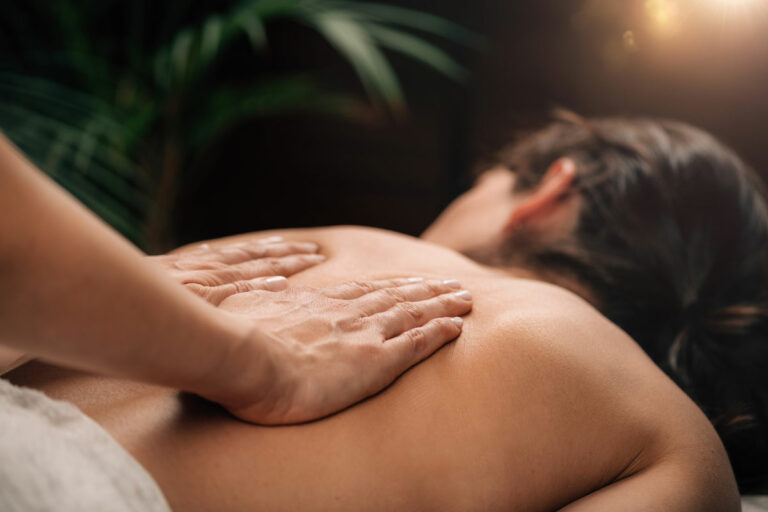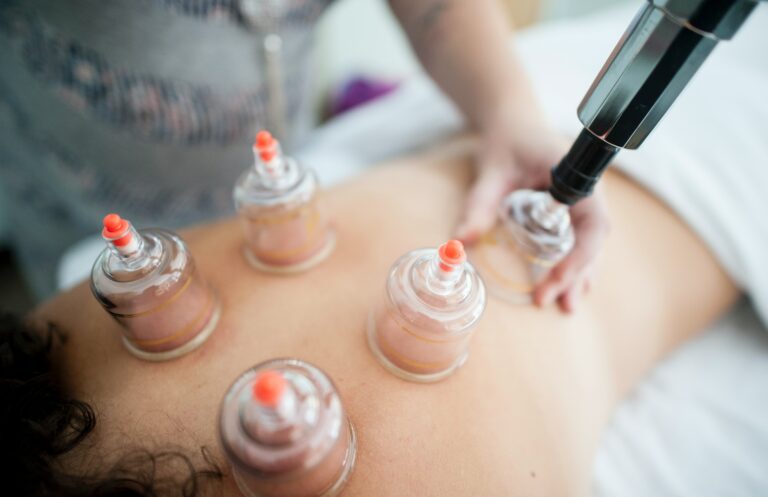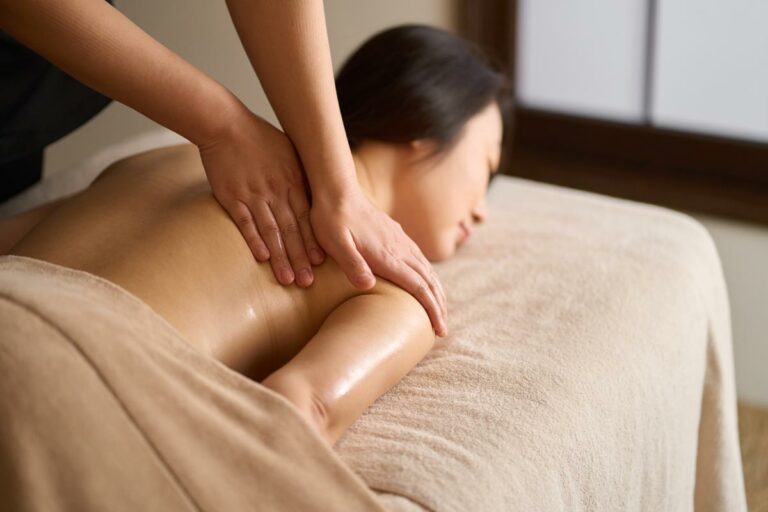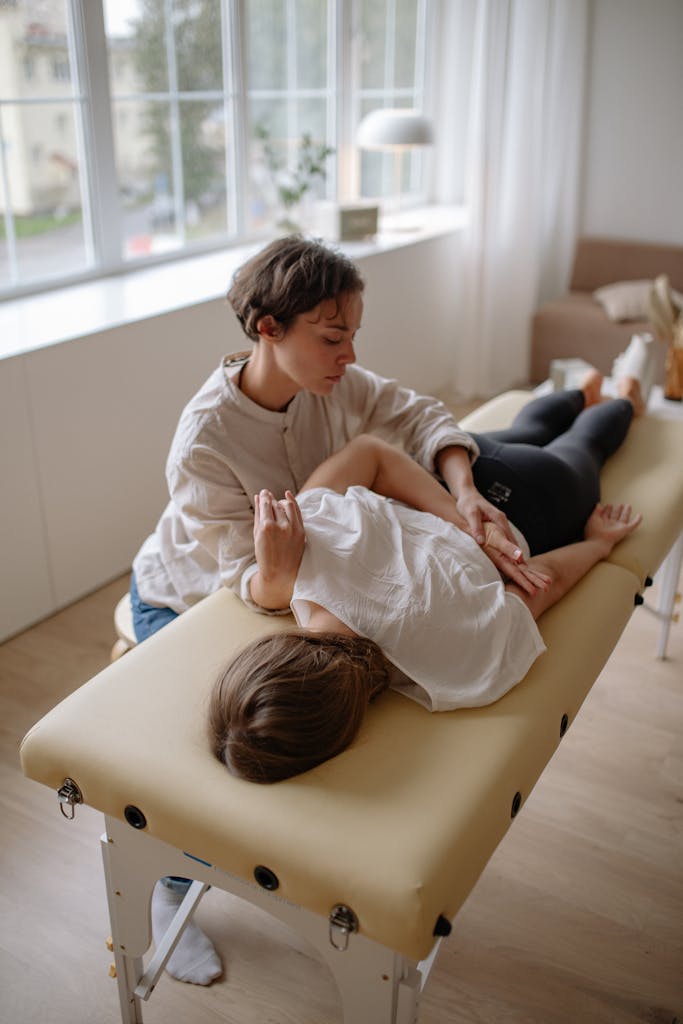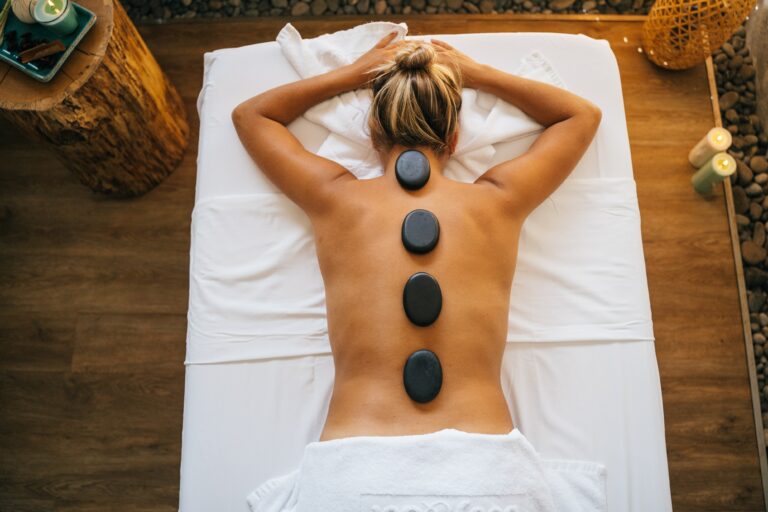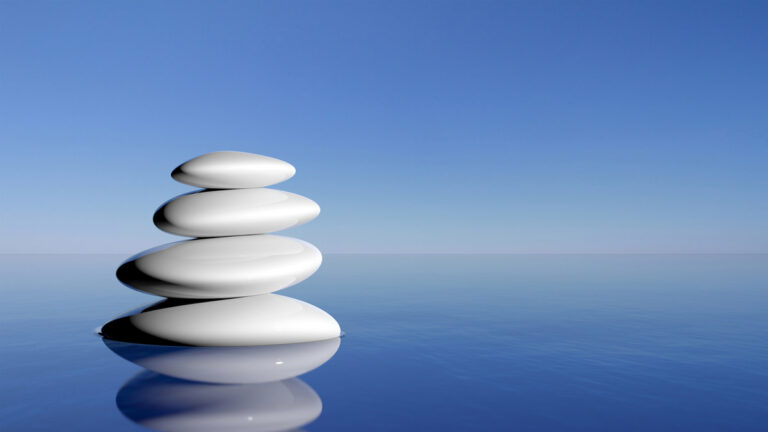What Is Reflexology?
Reflexology is a form of alternative medicine that involves applying pressure to specific points on the feet, hands, and ears. The theory behind reflexology is that these points, also known as reflexes, correspond to different organs and systems in the body. By applying pressure to these reflexes, reflexologists believe that they can stimulate the body’s natural healing processes and promote overall wellness.
The practice of reflexology dates back thousands of years, with evidence of its use found in ancient Egyptian and Chinese cultures. Today, reflexology is often used as a complementary therapy alongside conventional medical treatments, and many people find it to be a relaxing and enjoyable experience. The idea is that all different areas of the feet are linked to specific parts of our body parts and putting pressure on one area of the foot can have an effect on the organ that it corresponds with. For example pinching the tops of your toes is believed to help with sinuses, while pressure applied to your heel claims to help with lower back.
History of Reflexology
Reflexology is a therapy that has been used for centuries to promote healing and relaxation. The origins of reflexology can be traced back to ancient Egypt, where hieroglyphics depict people receiving foot massages. In China, reflexology has been used for thousands of years as part of Traditional Chinese Medicine.
The modern practice of reflexology began in the early 20th century when an American doctor named William Fitzgerald developed a theory that the body could be divided into 10 zones, each of which corresponded to a specific area of the body. He believed that applying pressure to certain points on the feet, hands, and ears could stimulate healing in corresponding areas of the body.
In the 1930s, Eunice Ingham, a physical therapist, expanded on Fitzgerald’s work and developed what is now known as reflexology. Ingham mapped out the reflex points on the feet and hands and developed techniques for applying pressure to these points to promote healing and relaxation.
Today, reflexology is practiced around the world and is recognized as a complementary therapy by many healthcare professionals. While there is still much to be learned about how reflexology works, many people find it to be a safe and effective way to promote relaxation and relieve stress.
How does reflexology work?

Well, it draws heavily from Traditional Chinese Medicine. The first step in any process like this is to soak the feet in hot water. This helps to activate the circulation of the blood, which does wonders for a natural detoxification process. It also helps to restore energy through the entire body, so it’s a vital first step in the process.
But obviously, it’s all about the reflexology massage itself. The trained professional will apply pressure onto specific parts of the feet soles. Each part of the sole corresponds to a different part of the body or vital organ. So, there are parts of your feet that connect to your brain, your lungs, the heart, the liver. Every part of your foot has a different role to play, and by stimulating each of these different areas, you create a healing process.
It’s incredible because this healing process is entirely natural. There is no special kind of treatment involved as such, but instead prompting the body back into a natural state of healing. Your body is capable of regenerating and repairing itself to an incredible degree, but sometimes, it just needs that extra push. Reflexology is all about drawing power from the latent healing processes in the body, pushing them to solve the issues that you have.
What are the benefits of reflexology?
Reflexology is linked to many potential benefits, but only a few of them have been evaluated in scientific studies.
So far, there’s limited evidence that reflexology may help to:
- reduce stress and anxiety
- reduce pain
- lift mood
- improve general well-being
In addition, people have reported that reflexology helped them:
- boost their immune system
- fight cancer
- get over colds and bacterial infections
- clear up sinus issues
- recover from back problems
- correct hormonal imbalances
- boost fertility
- improve digestion
- ease arthritis pain
- treat nerve problems and numbness from cancer drugs (peripheral neuropathy)
Is reflexology safe to try?
Generally, reflexology is very safe. It’s noninvasive and comfortable to receive, so it may be worth trying if it’s something you’re interested in.
However, you should talk to your doctor first if you have any of the following health issues:
- circulatory problems in the feet
- blood clots or inflammation of your leg veins
- gout
- foot ulcers
- fungal infections, like athlete’s foot
- open wounds on your hands or feet
- thyroid problems
- epilepsy
- a low platelet count or other blood problems, which can make you bruise and bleed more easily

